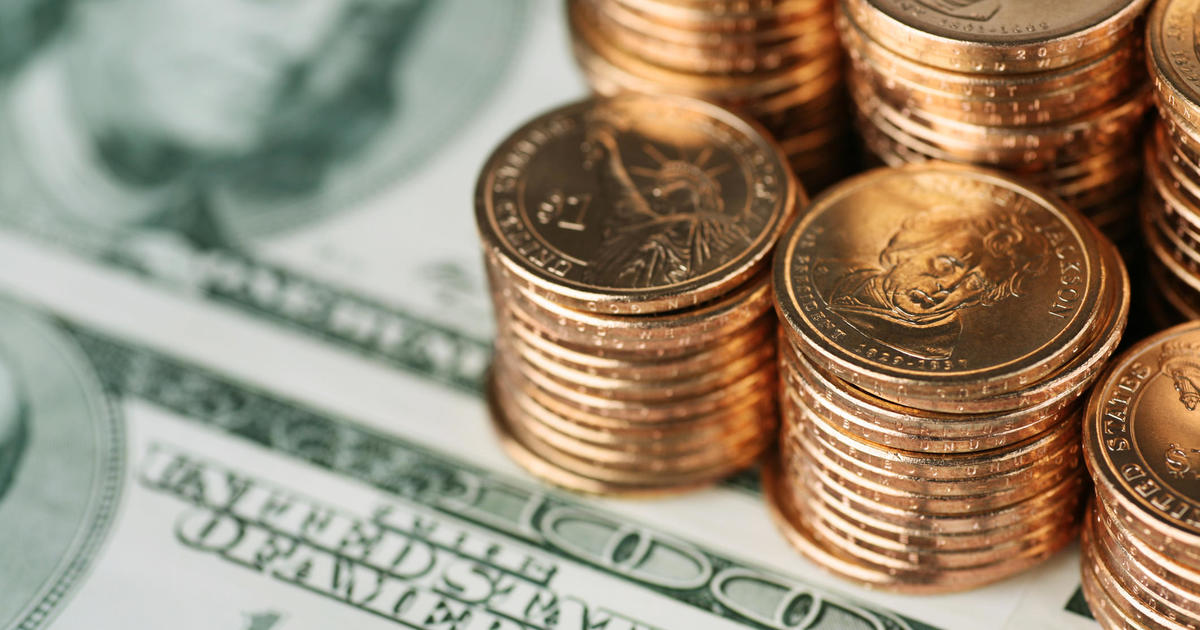The big problem with this stock market
The Dow Jones Industrials index continues to hover around the 22,000 level, as fears over a nuclear exchange with North Korea fade somewhat. But evidence that something is amiss deep in the bowels of the stock market continues to grow.
The most cursory corroborating point is simply the accelerating weakness underway in small-cap stocks. The Russell 2000 index of small-company shares recently tested its 200-day moving average for the first time since before Election Day -- setting up a possible violation of a massive nine-month trading range.
Other evidence? How about the recent spike in Wall Street's "fear gauge," the CBOE Volatility Index (VIX), which just recorded one of the largest jumps on record? Or the ongoing and persistent weakness in the U.S. dollar?
But above all, it's the lack of market breadth that's most worrying. Put simply: Investors are concentrating their buying on an ever-narrowing list of stocks. And that suggests a major lack of confidence.
Not even the recently completed second-quarter earnings season could encourage much enthusiasm and joy. According to FactSet, shares of S&P 500 companies that beat analysts' estimates averaged a 0.3 percent decline over the two days before reporting results and the two days after reporting.
That's unusual to say the least because investors normally reward upside surprises. Over the past five years, earnings beats normally led to share price gains of 1.4 percent on average.
An analysis by Goldman Sachs (GS) backs up the FactSet numbers. The one-day gains for stocks beating estimates has been 0.03 percent, which is the narrowest on record. On average over the past decade, the gain was 1.14 percent.
While this is still better than the performance of companies that missed
estimates, it suggests that a lot of good news is already priced into stocks at these levels. That's prompting investors to look for any excuse to pull profits and sell.
This dynamic is resulting in some unusual readings. Jason Goepfert at SentimenTrader noted that despite the 1 percent gain in the S&P 500 on Monday -- the best advance in months -- more stocks were making new 52-week lows on the New York Stock Exchange and Nasdaq combined than those making new highs. Since 1965, this combination has happened only on a handful of other days in 1998, 1999, 2000 and 2015.
Relaxing the requirement for occurring on a 1 percent upside day, Goepfert finds 21 historical occurrences similar to now. Two months later, stocks were higher only nine of those times.
Gluskin Sheff economist David Rosenberg highlights the fact that only around 50 percent of NYSE stocks are above their 200-day moving average. That's the first time this has happened since Donald Trump was elected president, which unleashed a massive market rally on hopes of pro-growth policies like tax cuts and infrastructure spending.
Despite this below-the-surface selling, measures of investor confidence remain extremely high. Sentiment as tracked by the Investor's Intelligence survey is near the highest in history.
That leaves investors unprepared for the volatility breakout that will inevitably return. On average, stocks drop 5 percent every 10 weeks and 10 percent every 33 weeks. It has now been more than a year since the last 5 percent pullback and 76 weeks since the last 10 percent correction.
The trigger could come soon because breadth simply can't get much narrower. A single stock -- Boeing (BA) -- has fueled a quarter of the Dow's 10 percent-plus gain so far this year. Add in Apple (AAPL) and McDonald's (MCD), said Rosenberg, and just three stocks are responsible for half the Dow's gains, while the median stocks in the index are up just 2 percent.




